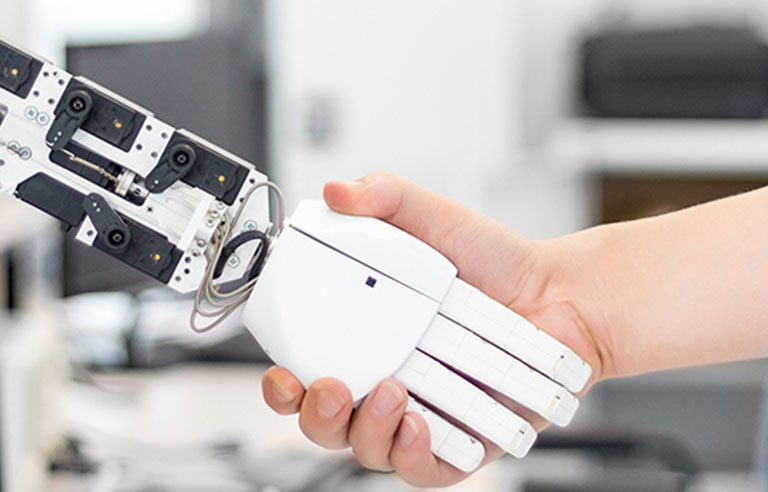NIOSH center to focus on ‘safe integration of robots’ in the workplace

Washington – Citing a “knowledge gap related to robotics and worker safety and health,” NIOSH has launched the Center for Occupational Robotics Research in an effort to evaluate the possible advantages and hazards of robot workers, as well as foster safe robot-human interactions.
According to NIOSH, 61 robot-related worker deaths occurred between 1992 and 2015. Technology has evolved throughout that time, placing more robots in the workplace – some of which work alongside humans rather than in isolation.
“Robots working collaboratively with humans present a new workplace risk profile that is not yet well understood,” NIOSH Director John Howard said in an Oct. 16 press release. “Not only is this a new field for safety and health professionals, little government guidance or policy exists regarding the safe integration of robots into the workplace. NIOSH’s Center for Occupational Robotics Research will provide the scientific leadership needed to ensure human workers are protected.”
NIOSH stated it will collaborate with officials in academia, industry and government to perform research and develop guidance.
“We suspect fatalities will increase over time because of the growing number of industrial robots being used by companies in the U.S., and from the introduction of collaborative and coexisting robots, powered exoskeletons, and autonomous vehicles into the work environment,” Dawn Castillo, the center’s director and program manager, said in the release. “NIOSH has a history of robotics research, and through the Center for Occupational Robotics Research, we are poised to proactively address the safety of today’s and tomorrow’s workers who use, wear or work near robots.”
Post a comment to this article
Safety+Health welcomes comments that promote respectful dialogue. Please stay on topic. Comments that contain personal attacks, profanity or abusive language – or those aggressively promoting products or services – will be removed. We reserve the right to determine which comments violate our comment policy. (Anonymous comments are welcome; merely skip the “name” field in the comment box. An email address is required but will not be included with your comment.)

